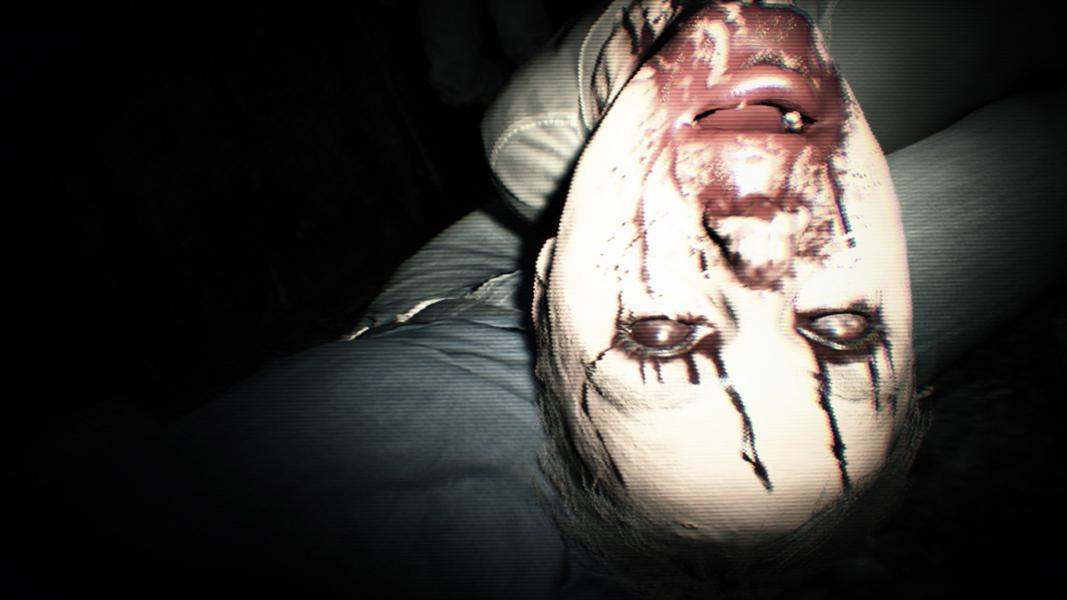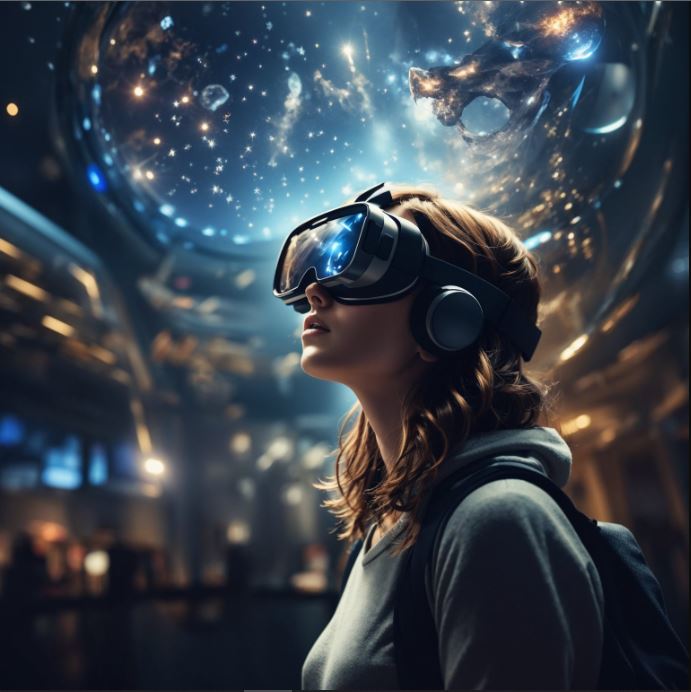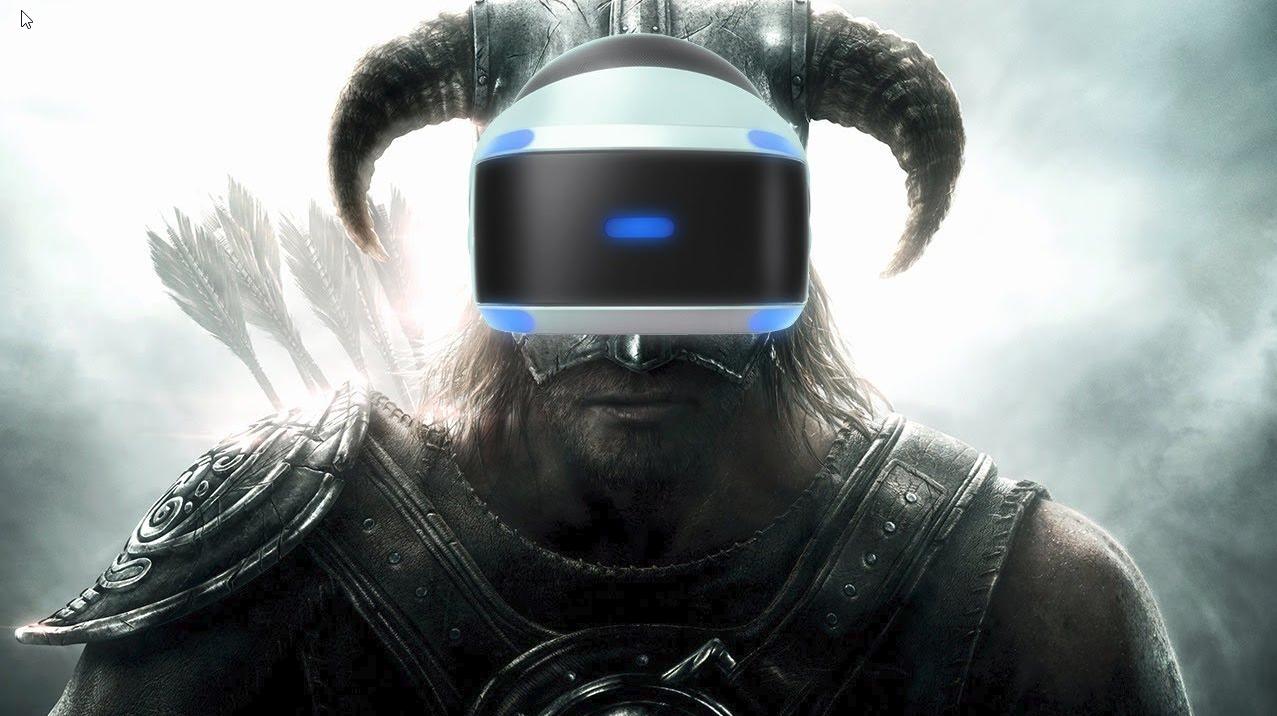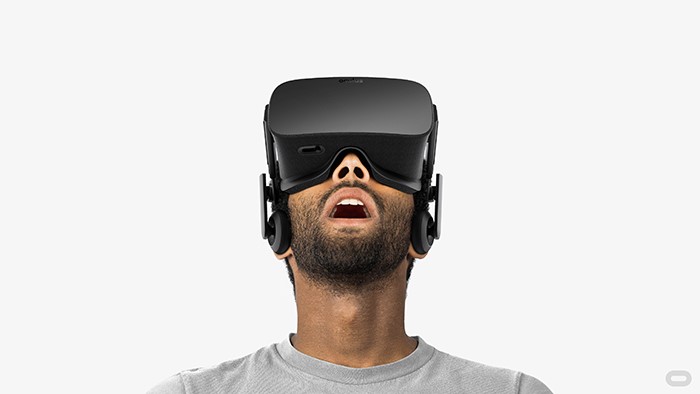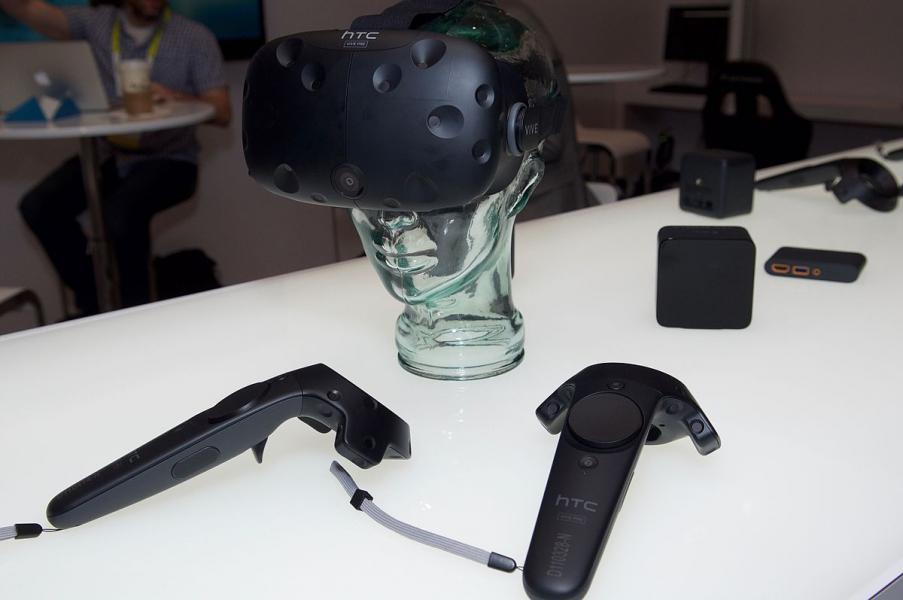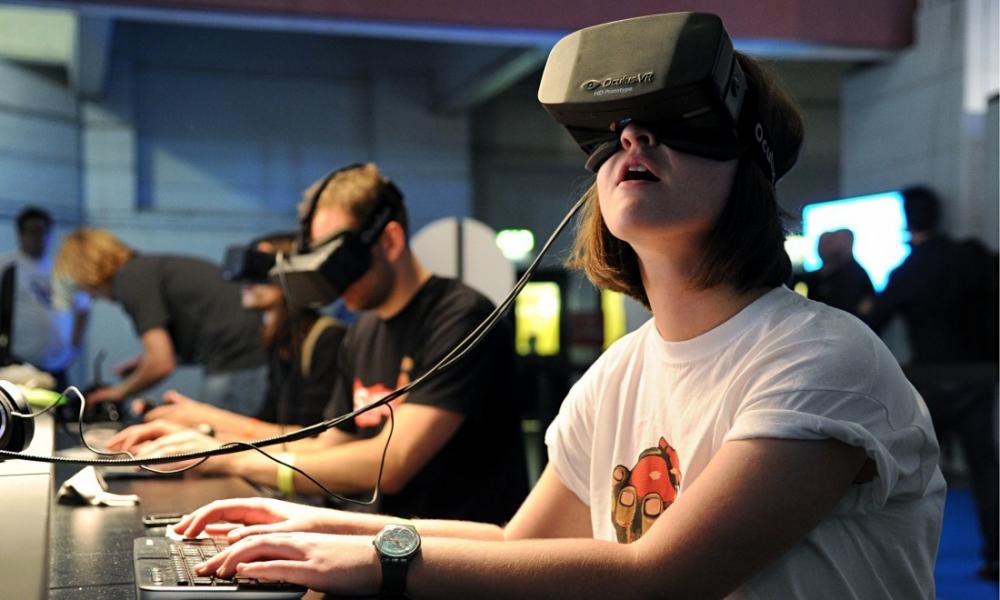
Why VR Gaming hasn't really catched up on popularity
I remember being excited about virtual reality as a teen. I loved playing Half Life 1-2 and couldn’t wait for the release of Half Life 3 especially since the game was set to release in VR. I fantasized about what it’d be like to shoot Combine forces in the Borealis in a virtual world as i moved my body in real life with advanced tech. I waited and waited but nothing. I kept waiting, checking the news for updates. Still no signs of Half Life 3 except for some jokes, rumors, and leaked concept art. So many years passed until finally, i found out Valve (the company that made the Half Life franchise) basically admitted they had given up on making Half Life 3 because the tech. didn’t meet their expectations.
In an interview with Kotaku, Valve designer Robin Walker and artist Tristan Reidford said this about Half Life 3.
“..We could play with this new platform, see its strengths, and see what we hadn’t been able to do... That was a thing you could start working on any day. You could sit down and start working on that problem.”
After the release of Half Life: Episode 2, Valve was still developing VR headsets. Apparently, the VR tech. took too long to develop so the excitement for the highly anticipated Half Life 3 died. Valve didn’t bother releasing Half Life 3 as there wouldn’t be that many fans excited about the game.
To compensate and make fans feel better, they made Half-Life: Alyx for VR. I was highly disappointed and sad that the Half Life game series ended with a prequel. I wondered why it feels like most people aren’t particularly excited about VR gaming and would rather game on regular PCs or consoles.
How could you not be excited about a virtual world where fantasy becomes reality? With that weighing on my mind, i decided to investigate and these are the reasons why VR gaming hasn’t really catched up on popularity.
1. VR tech. hasn’t advanced enough

For a fully immersive VR experience where you can feel simulated pain, temperature changes, and engage just about all of your senses - you not only need a VR headset but also haptic feedback and a dedicated VR arena such as the Omni One home VR treadmill.
The motors on many haptic vests only give you sensations that are the equivalent of rumbling console controllers. Some VR tech. Is closer to making a VR world better than others. Some suits like Tesla suits give you various small electrical shocks to simulate pain.
Nevertheless, Tesla suits for gaming still seem in development. If you visit the Tesla Suit website and go to “Applications”, you’ll see the words “coming soon” under the gaming section.

The controls for VR gaming are still clunky and not much different from say the controllers on a Nintendo Wii or Switch. Haptic gloves, shoes, and VR treadmills may be good for say FPS games but how would you fly as the Superman without ruining the immersive experience with the push of a button? How would you swing across the city as the Spiderman?
Making strong emotions through facial expressions in video games is very challenging although tech. Is improving.
We’re still miles away from completely immersive VR.
2. VR gaming has health and safety concerns

There have been numerous incidents where people have gotten hurt from accidentally hitting each other while VR gaming. You can see them on YouTube. This is probably why pass-through mode was developed for the meta-quest headset.
Total immersion can come at a high price. You can get nausea, headaches, motion sickness, hearing loss, nearsightedness, delusions, list goes on. Overexposure to VR can cause changes in the brain leading to nausea and headaches.
Since objects at a distance are closer than they appear in VR, your brain could get confused and suffer from motion sickness. Since VR headsets are too close to your eyes, you could get myopia or near-sightedness. If the VR gaming experience feels too realistic, you could develop something like PTSD especially if you play a highly stressful VR horror game.
Your brain can’t distinguish between fact and fantasy. It doesn’t even “know” what’s real. Your brain makes predictions on what it perceives to be real and updates its info. accordingly.
In a study done by Dr. Mayank Mehta, a neuroscientist at the University of California, a virtual environment was made for rats while placing them on a treadmill and tracking their neural responses. In the real world, the brain produces a mental map based on sight, sound, and smell. Dr. Mehta wanted to find out if the same activity is possible in the virtual world too. As the rats explored a virtual room made for them, scientists realized the “GPS” neurons were firing off at random.
While the rats did not fall off the table, there was no mental map made to guide the rats. Instead, their brains kept count of their steps to lead the way forward. What the scientists were able to deduce was that even though being in a virtual environment did not harm the rats, it altered their brain processes to create a new pattern of survival.
Life would be terrifying if traumatic events in VR blended in with memories from the real world. Imagine seeing creatures from a horror game in your bedroom at night in the “real world.” Who would’ve thought VR could do so much damage?
That in and of itself is scary.
Game companies might not want to get bad publicity and risk losing a ton of money recalling their products due to heavily traumatized gamers. This brings me to my next point.
2. Fully immersive VR is too expensive

Its hard to justify paying a ton of money for VR headsets and controllers when you can do just fine with console controllers along with a TV or monitor.
VR headsets can cost from $299.99 to $549.99. To have a powerful PC for VR, you’ll need to pay an extra $1-2,000. This is because of new tech. Like OLED or AMOLED tech. and gyroscopes. For the best and fully immersive VR, a suit like the Teslasuit costs around $12,999.
Haptic gloves can cost over $100. An Omni One treadmill can cost over $1,000. VR games can cost $30-40.
I’m not sure if its worth paying so much for extra immersion. It highly depends on the games for VR. Unfortunately, this brings us to the next point.
4. VR gaming hasn’t lived up to the hype

VR game developers have not made definitive games that are the faces of VR gaming and its very unlikely they’ll do so for many years to come. There just isn’t a motive to prefer VR gaming over good old-fashioned PC and/or console games.
Some of the best non-VR games are in third person and have very well-designed levels. Simply put, VR games haven’t had the time to develop games of the same quality as non-VR games. Not to mention, VR seems strictly limited to games with a first-person view.
Many VR games i’ve seen like Beat Saber are the equivalent of average to poorly made mobile games. Zero Punctuation called Batman: Arkham VR “incredible garbage.”
Because of the lack of demand for VR coupled with the fact VR tech. Is still in its infancy, VR can only give gamers so much experience. Batman Arkham VR was a failure because it didn’t give gamers the experience of being the Batman when he swings around Gotham with his bat grapple and fights enemies with his gadgets. The game left you feeling like an ordinary police detective in a Halloween costume.
I now realize why the world isn’t ready for a commitment to VR gaming just yet. I’m still hoping VR can advance to a point where it can completely revolutionize gaming and take it to levels it has never reached before.




